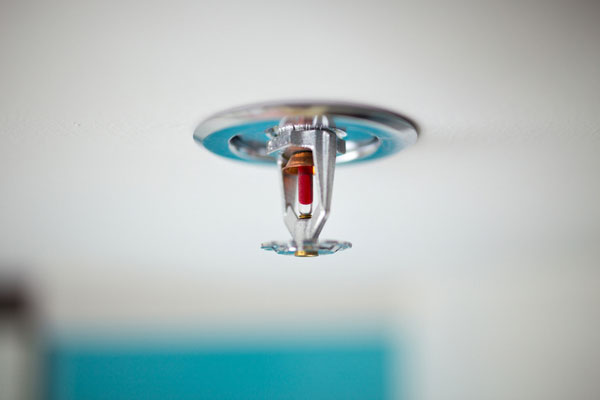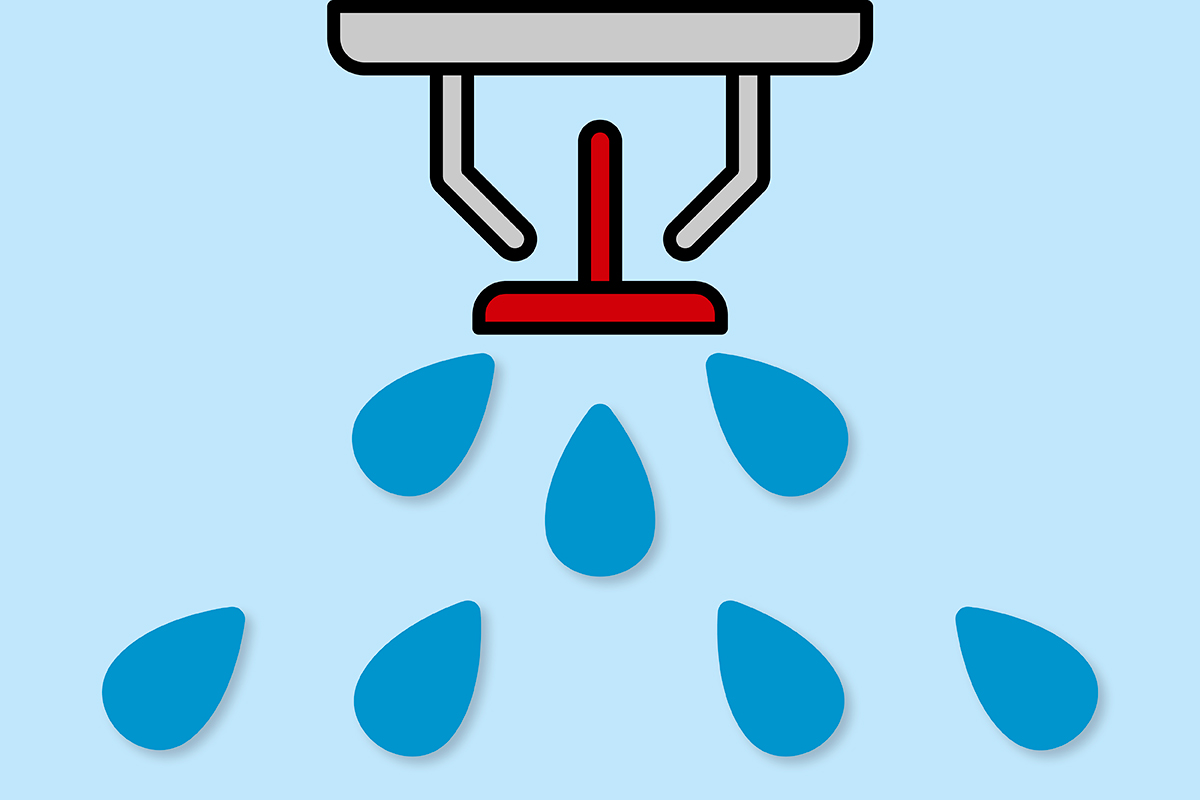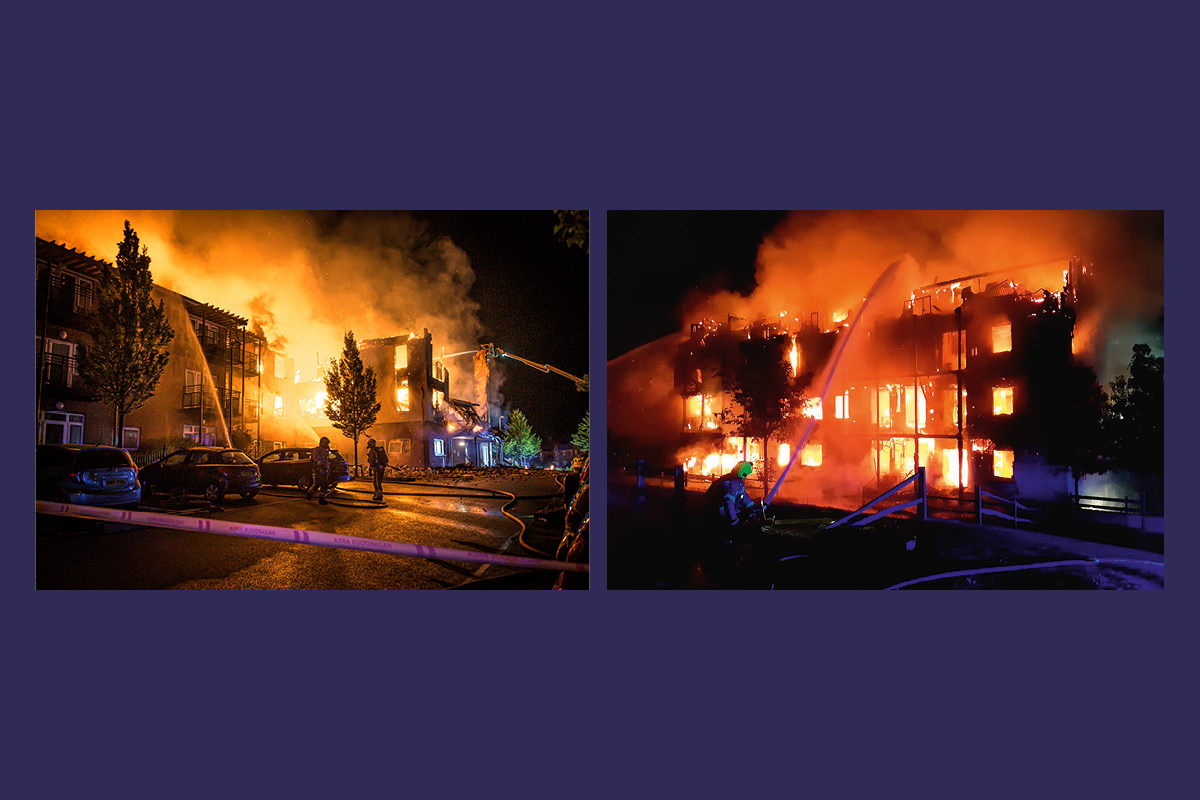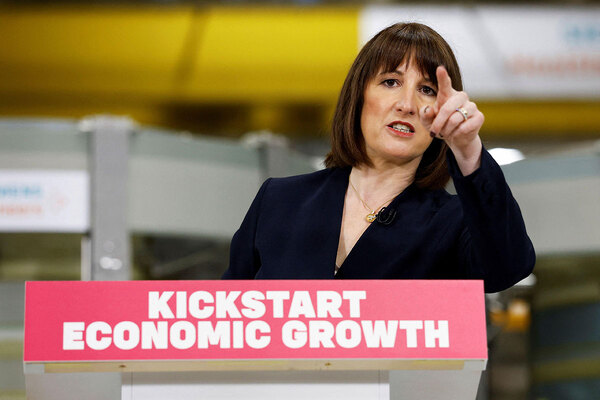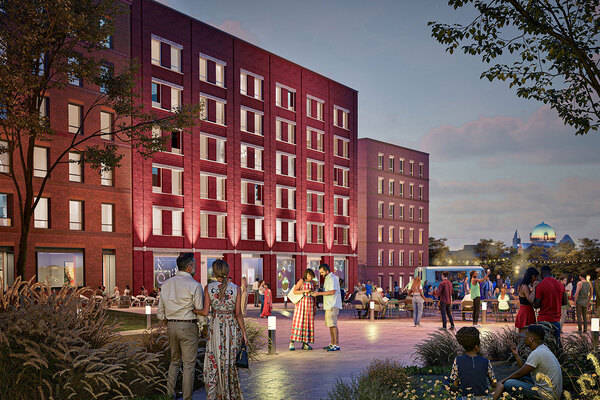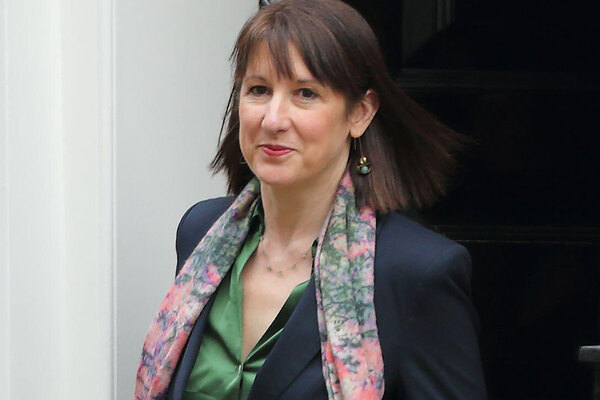You are viewing 1 of your 1 free articles
Fire chiefs back reducing mandatory sprinkler height to 11m
The National Fire Chiefs Council (NFCC) has recommended lowering the height of which sprinklers are compulsory in blocks of flats from 30m to 11m in both new and existing buildings.
In its response to a recent government consultation on fire safety-related building regulations changes for high rises, the NFCC said automatic fire suppression systems, such as sprinklers, should be mandatory in all new residential buildings taller than 11m – or four floors.
And it called for a “mandatory requirement to retrofit in all residential buildings” of 11m and above “on a risk assessed basis”.
The National Housing Federation supported the government’s proposal to reduce the sprinkler trigger height for new blocks from 30m to 18m – six storeys. It also backed improved wayfinding and evacuation alert systems for use by the fire and rescue services.
But the NFCC said it has revised its own position down from 18m “in response to emerging evidence, research, recent fires and policy announcements”.
It added that automatic fire suppression systems would be “significantly beneficial in all existing sleeping risk buildings” regardless of their height.
At least four serious fires have destroyed large parts of residential buildings shorter than 18m this year, none of which had sprinklers installed.
The retrofitting of sprinklers in existing blocks should “be tied in with the proposals for a safety case regime whereby persons responsible for buildings have to justify the safety of all building occupants”, the NFCC recommended.
It also backed better wayfinding signage for fire and rescue services and supported the inclusion of a requirement for emergency evacuation systems for buildings over 11m in height.
In March, the NFCC called for building regulations requiring external walls to resist the spread of fire to apply to all buildings, not just those above 18m as is currently the case.
In its response to the consultation, the Royal Institution of British Architects (RIBA) also backed mandatory sprinkler installation in new or converted residential buildings “regardless of height”.
Jane Duncan, chair of the RIBA expert advisory group on fire safety, said: “It is over two years since the Grenfell Tower tragedy, yet far too little has changed.
“England’s regulations lag shamefully behind other countries, such as Wales where sprinklers have been required in all new and converted residential buildings since 2013, and Scotland where sprinklers will soon be required in all multiple occupancy residential buildings.
“The next government must urgently and radically overhaul the building regulations to prevent more disasters and keep the public safe.”
